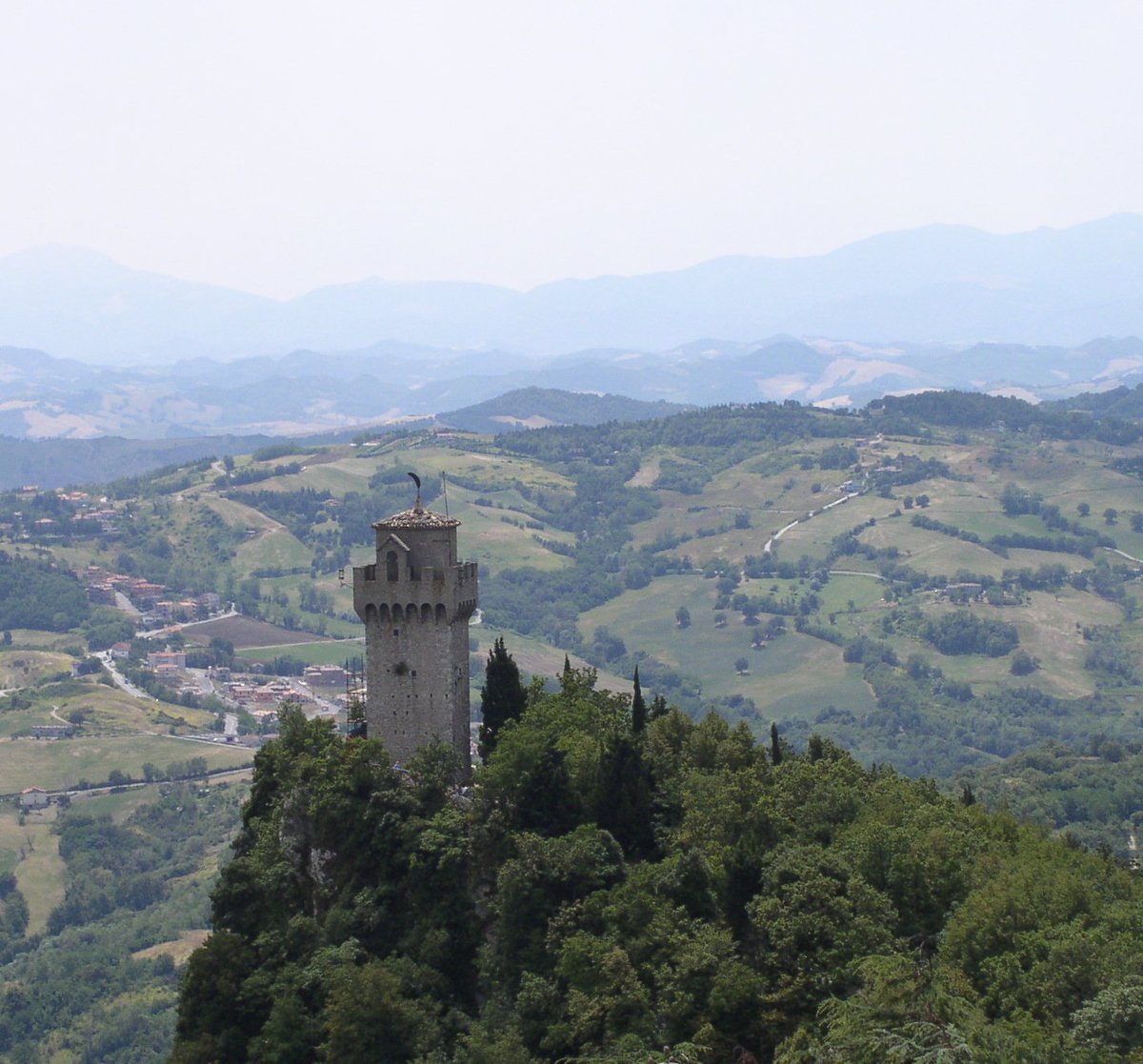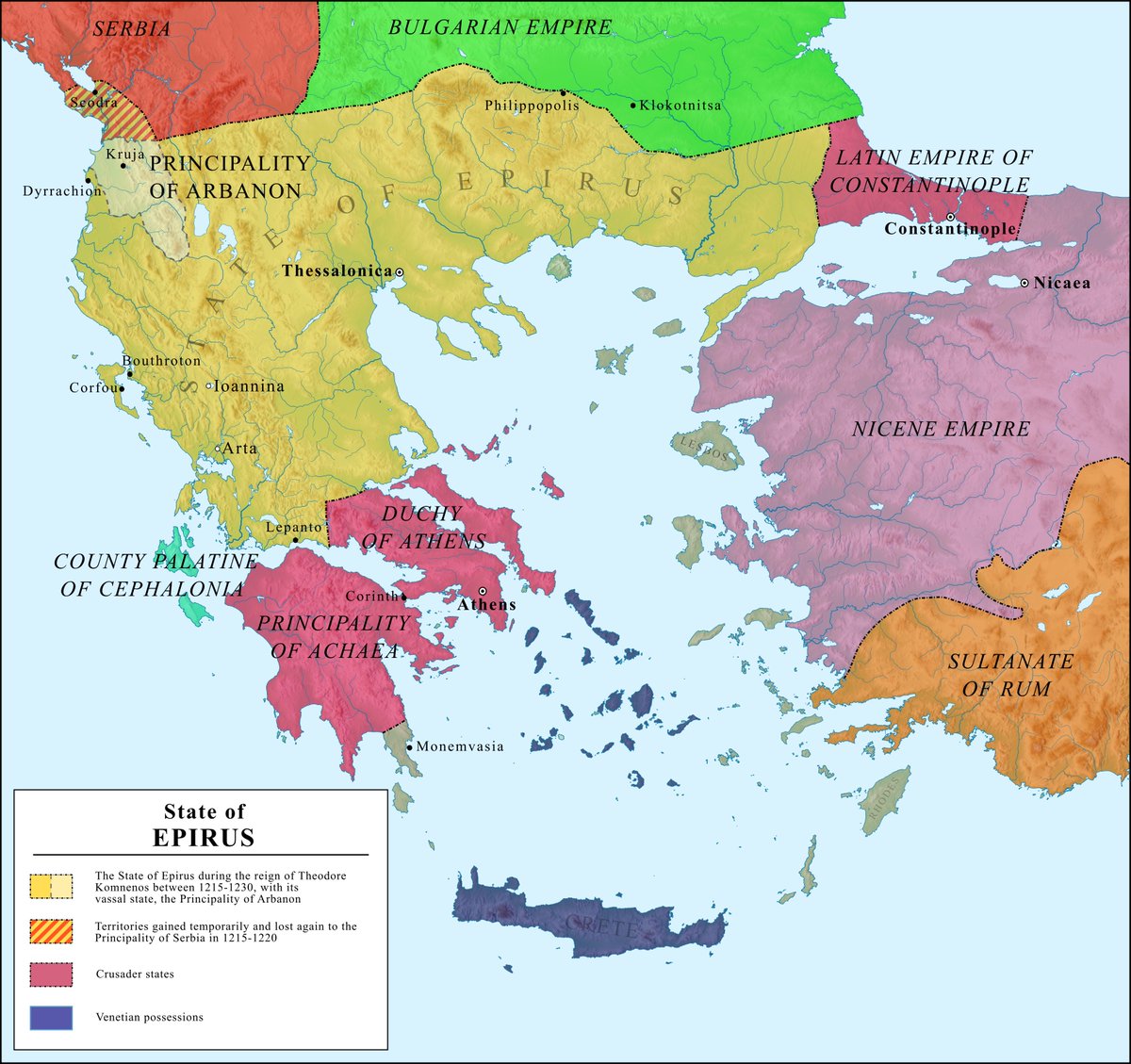
A story shrouded in legend,
A mason, a priest or a saint,
A nation shielded by the mountains,
The crown of a titan.
Story in the evening ...
A mason, a priest or a saint,
A nation shielded by the mountains,
The crown of a titan.
Story in the evening ...
https://twitter.com/Arby_K/status/1450288191584436226
Marinus was supposed to have been born in the 270s in Rab, Roman Dalmatia. A stonemason by trade, he ended up in Rimini in Italy, where he may have preached Christianity along with Gaudentius. 1/10 

Christians were at times persecuted by the Romans for their refusal to accept "Pax Romana". Marinus is said to have fled Rimini in 301 for the nearby mountains. In 303, the Roman Emperors unleashed the strongest persecution against Christians to show resistance is futile. 2/10 

The persecution led many Christians to switch faith. But when Constantine accepted Christianity for Rome, many returned. This led to a division among Christians since many deemed the returnees to be traitors. Constantine persecuted these Christians, called Donatists, later. 3/10 

The mountain Marinus took refuge in was the Mount Titano. He is said to have built a chapel there and lived as a hermit. This mountain with its three peaks, and later three towers, became the base for the nation of San Marino, named after Marinus. 4/10 







Protected by its geography, San Marino remained largely immune to the political changes outside the region. In 1243, two Captain Regents, perhaps modelled after the two Consuls of the Roman Republic, became the joint heads of state. 5/10 

The Malatesta of Rimini and the Montefeltro of Urbino had designs over San Marino. But they managed to stay independent, at times playing one against the other. 6/10 

In 1463, San Marino added the towns of Fiorentino, Montegiardino and Serravalle by Papal decree. Another town, Faetano, joined San Marino the next year. 7/10 

The son of Pope Alexander VI, Cesare Borgia, occupied San Marino briefly in 1503. His father's death the same year and the election of Pope Julius II, a rival of the Borgias, led to his exile and San Marino became free once again. 8/10 

San Marino got a Constitution in 1600 and managed to stay neutral during Napoléon Bonaparte's conquest of Italy. When Italy was reunited by Savoy, Garibaldi and company, San Marino managed to stay out of it, having sheltered refugees, including Garibaldi, during the wars. 9/10 

The state remained neutral in the World Wars and housed refugees. But it also had to endure a bombing raid and occupation and was a battleground briefly in 1944, before regaining sovereignty. 10/10 

• • •
Missing some Tweet in this thread? You can try to
force a refresh















